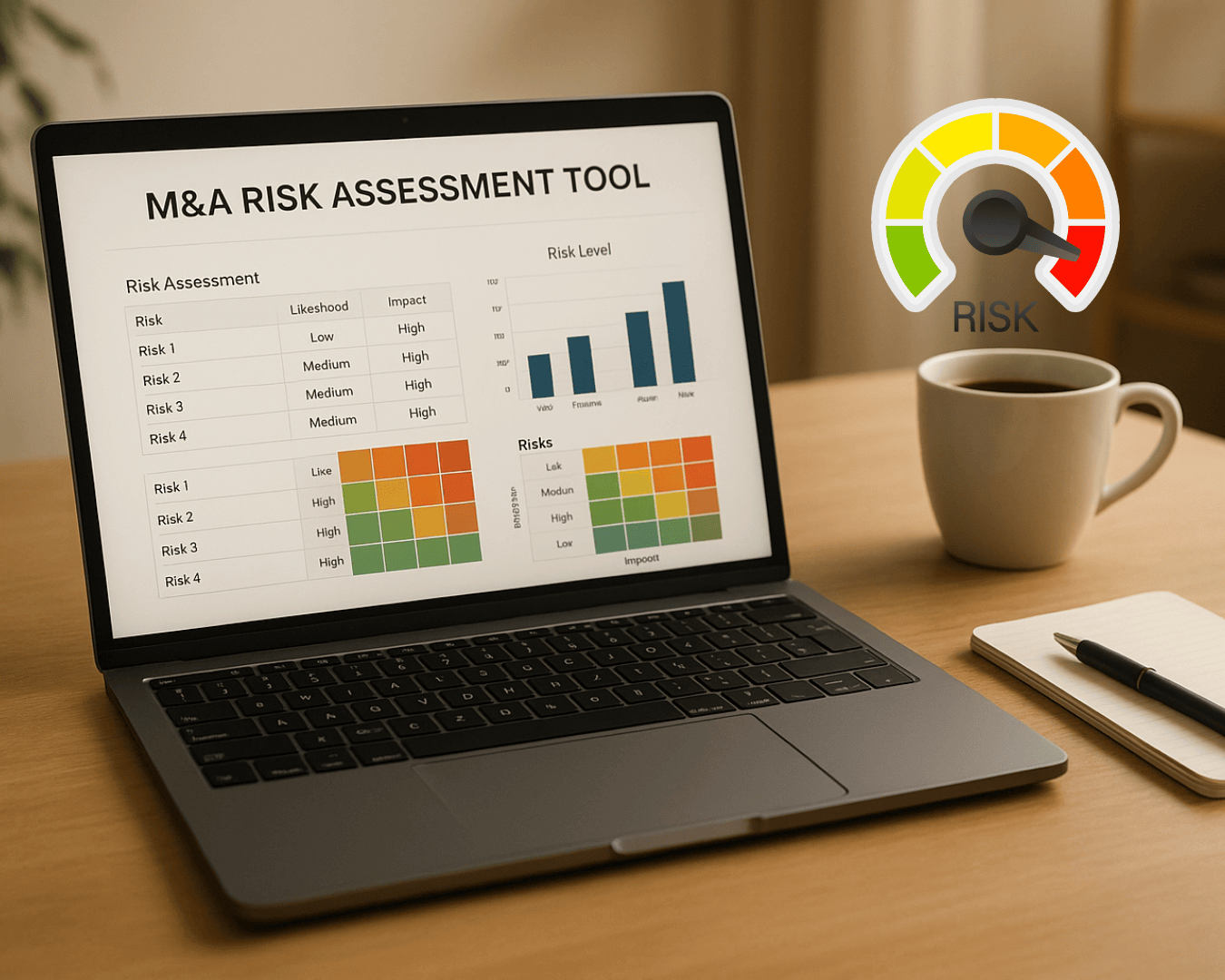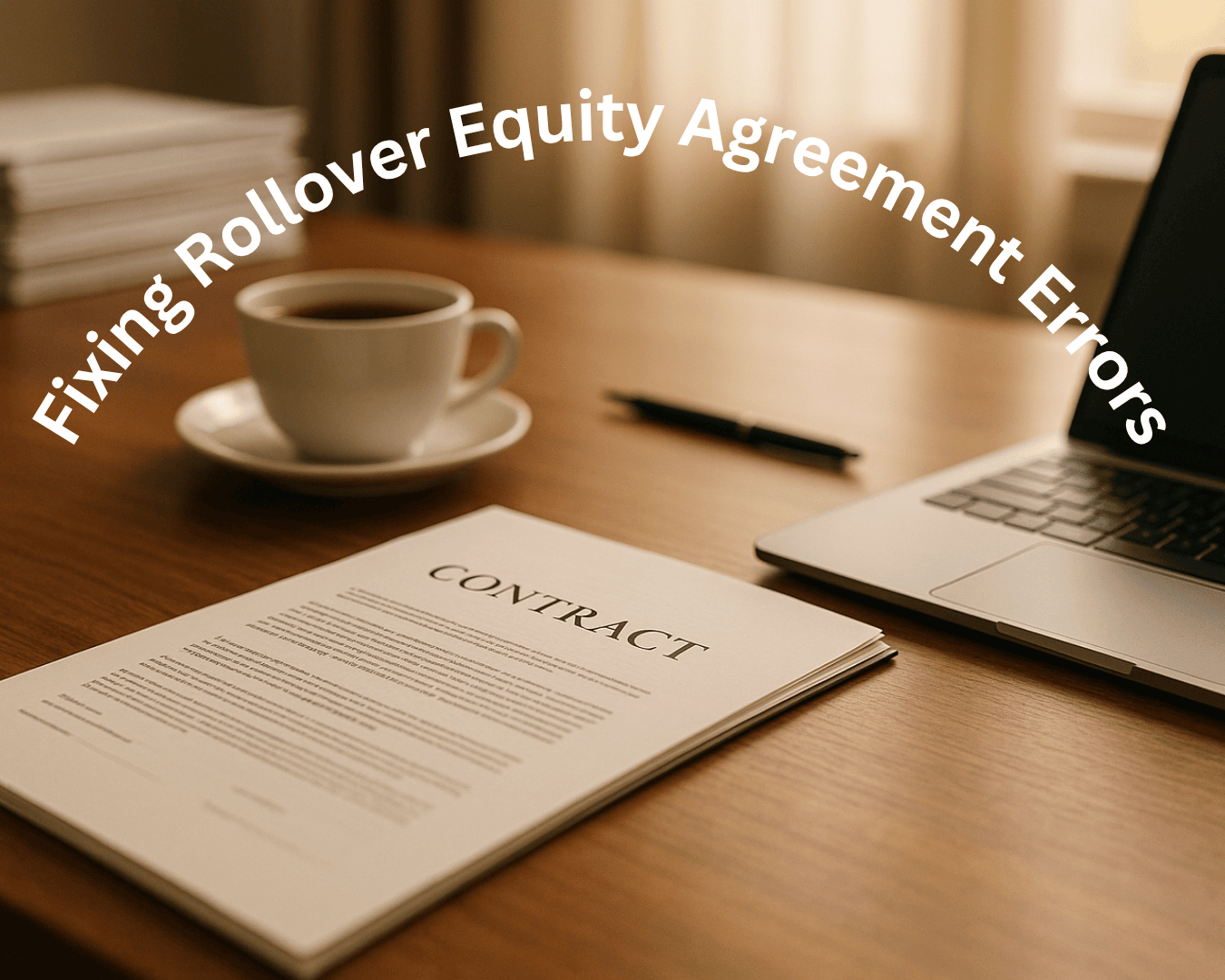Want to make your acquisition a success? Start by evaluating culture fit.
Cultural alignment can make or break mergers and acquisitions. It impacts employee retention, operational efficiency, and overall integration success. Here's what to focus on:
- Key Areas to Assess: Leadership styles, communication practices, decision-making, work-life balance, and values.
- Why It Matters: Misaligned cultures can lead to high turnover, inefficiencies, and integration challenges.
- How to Evaluate: Use tools like value scorecards, cultural assessment matrices, and employee surveys.
Quick Tip: It’s not about finding identical cultures but understanding differences and planning to bridge gaps effectively.
Let’s dive into how to assess and address culture fit for smoother acquisitions.
What Makes Companies Compatible
Company Culture Basics
Company culture goes beyond office perks or occasional team-building exercises. It's the backbone of how a company functions, makes decisions, and interacts - both within the organization and with the outside world. Some key aspects to evaluate include:
- Leadership style and how decisions are made
- Communication practices and transparency
- Expectations around work-life balance
- Attitudes toward innovation and risk
- Opportunities for employees to grow and develop
These elements help identify potential areas of alignment or friction between two merging companies. For instance, a company with a strict hierarchy may struggle to integrate with one that prioritizes a flat, collaborative structure. This is why examining cultural compatibility is so important - it can reveal potential challenges before they become major issues.
Why Check Company Fit
Cultural misalignment is often a major reason why mergers and acquisitions fail. By assessing how well two companies align culturally, you can reduce risks, plan for smoother integration, and retain key employees.
Here's how a cultural fit check can make a difference:
| Purpose | Impact |
|---|---|
| Risk Mitigation | Spot potential conflicts before they affect operations |
| Integration Planning | Develop strategies to bring teams together effectively |
| Employee Retention | Lower the risk of losing valuable team members |
| Operational Efficiency | Minimize disruptions during post-merger operations |
Looking at these factors early helps set the stage for a smoother transition and long-term success. The aim isn't to find two companies with identical cultures but to understand their differences and figure out how to navigate them. This involves examining both the visible aspects (like policies and organizational structure) and the less obvious ones (like unwritten norms and communication styles). By doing so, you can identify potential challenges and opportunities and develop a plan to address them during integration.
Assessing Cultural Fit with Jeff Giles, EVP of Core & Main
How to Check Company Compatibility
To evaluate how well a company aligns with your goals and values, follow this three-step process.
Step 1: Review Company Values
Start by examining the company's core values through relevant documents:
- Mission and Vision Statements: Go beyond the surface to understand how these are applied in daily operations.
- Employee Handbooks: Look at policies, procedures, and behavior expectations.
- Performance Review Systems: Check how success is defined and rewarded.
- Internal Communications: Analyze how information flows within the company.
Use a values alignment scorecard to rate compatibility in key areas:
| Value Area | Assessment Criteria | Weight |
|---|---|---|
| Decision Making | Authority levels, approval processes | 25% |
| Innovation | R&D spending, idea implementation | 25% |
| Work Environment | Remote work policies, office culture | 25% |
| Employee Development | Training programs, career growth paths | 25% |
Step 2: Compare Key Business Practices
Next, dig into the company's operational habits to see how they manage daily activities:
- Leadership Style: Observe how managers lead and make decisions.
- Communication Methods: Compare formal and informal communication channels.
- Change Management: Assess how the company has navigated past changes.
- Customer Approach: Look at customer service philosophies and client relationships.
Organize this information using digital tools to make it easier to compare later.
Step 3: Use Comparison Tools
Finally, use structured tools to measure cultural alignment:
-
Cultural Assessment Matrix
This tool allows you to score and compare companies across several dimensions:Dimension Company A Score (1-5) Company B Score (1-5) Gap Analysis Innovation Collaboration Risk Tolerance Customer Focus -
Integration Readiness Dashboard
Track critical factors like:- Cultural alignment scores
- Areas of potential conflict
- Steps needed for alignment
- Timelines for integration tasks
-
Automated Assessment Tools
Leverage technology for deeper insights:- Online surveys to gather employee feedback
- Data analysis tools for identifying patterns
- Project management platforms to monitor progress
Platforms like Clearly Acquired (https://clearlyacquired.com) offer features like interactive dashboards and centralized deal rooms to simplify the evaluation process.
sbb-itb-a3ef7c1
Warning Signs and Solutions
Signs of Poor Company Fit
Be on the lookout for signs that suggest a mismatch in company culture:
Leadership Style Conflicts
- Differences in how decisions are made by management teams
- Resistance to sharing decision-making power
- Diverging opinions on employee independence
Operational Friction
- Conflicting work schedules or flexibility policies
- Varied approaches to customer service
- Inconsistent quality standards and workflows
These challenges can often be measured. Here's a quick breakdown:
| Warning Sign Category | Key Indicators | Risk Level |
|---|---|---|
| Employee Engagement | High turnover, low morale, resistance to change | High |
| Decision Making | Delayed responses, unclear authority, conflicting priorities | Medium |
| Innovation Culture | Differing risk tolerances, opposing views on experimentation | Medium |
| Customer Approach | Misaligned service standards, differing market positioning | High |
How to Fix Compatibility Issues
Catching these signs early can save you from bigger problems down the road. Here’s how to tackle cultural gaps effectively:
Build Integration Teams
Form cross-functional teams with members from both organizations. Give them the authority to pinpoint and resolve cultural conflicts as they arise.
Set Up Clear Communication Channels
Develop a communication plan that includes:
- Regular status updates
- Anonymous feedback options
- Cross-company town halls
- Leadership alignment sessions
Run Cultural Integration Programs
- Assessment Phase: Map out practices, values, and behaviors that need alignment between the teams.
- Action Planning: Introduce joint training sessions, mentorship initiatives, and cultural ambassador roles.
- Execution and Monitoring: Use metrics like employee satisfaction, collaboration rates, project timelines, and customer feedback to track progress.
Align Leadership
Ensure leaders meet frequently, share decision-making responsibilities, and act as role models for the desired culture. They should also present a united front to employees to build trust and consistency.
Managing Company Integration
Start with Pilot Projects
Begin with small-scale projects to evaluate how well teams work together and identify any potential cultural differences. This approach helps you spot issues early, before committing to a full-scale merger.
Key Metrics to Track
Focus on these important indicators:
- Employee retention during the initial stages of integration
- Employee satisfaction, measured through regular surveys
- Team collaboration, especially across different parts of the merged company
These data points will help you monitor progress and pinpoint areas needing improvement.
Refine Your Approach
Use feedback from pilot projects and performance metrics to fine-tune your integration strategy. Regularly revisit these indicators to ensure you're on the right track and make necessary adjustments.
Consider using digital tools and expert resources, such as those offered by Clearly Acquired, to streamline the process.
Conclusion
Evaluating cultural fit requires a structured approach that looks at both measurable data and less tangible cultural elements. By identifying potential issues early, organizations can better prepare for integration and minimize the chances of cultural conflicts.
Digital platforms make these assessments easier. For example, Clearly Acquired's tools provide features like advanced search options and interactive dashboards to help analyze cultural compatibility effectively.
This process is ongoing and depends on several key actions:
- Monitoring important metrics consistently
- Adjusting integration strategies as needed
- Keeping communication channels open
- Tackling cultural differences at the earliest opportunity










.png)







































.png)








































%20Loan%20Application%20Checklist.png)


















